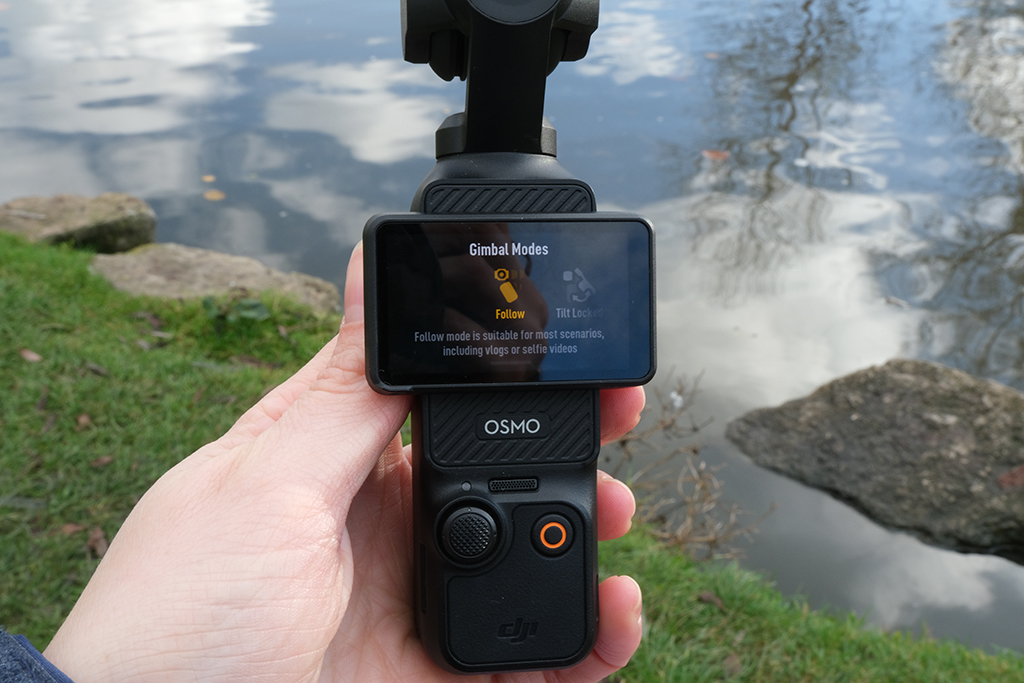The DJI Osmo Pocket 3: A Powerful Vlogging Camera with a Major Flaw
The DJI Osmo Pocket 3 has gained a reputation as one of the top vlogging and video cameras on the market, making it an appealing choice for content creators. When I placed my order at The Photography & Video Show in March, I was eager to test this compact device. However, the wait for my Creator Combo kit was longer than expected, taking five weeks to arrive due to high demand.
Despite the long wait, the camera’s impressive specifications made the delay seem worthwhile. It delivers excellent image and video quality, thanks to its large 1-inch sensor that offers a wide dynamic range. The stabilisation is smooth, ensuring professional-looking footage even when moving around. Additionally, the large flip screen allows for easy recording of social media reels in portrait orientation up to 3K, or more traditional landscape shots up to 4K. The included DJI Mic 2 also enhances audio quality, making it a great all-in-one solution for vloggers.
However, my biggest issue with the DJI Osmo Pocket 3 isn’t with the camera itself—it’s with the DJI Mimo app, which is required to activate and use the device. The app forces users to go through a setup process that requires activation, and if you skip it five times, the device becomes locked. While the requirement might be understandable for registration, the experience of using the app was far from ideal.
On my phone, which was running the correct operating system, the app simply wouldn’t launch. This led me to question whether I needed to upgrade my phone just to use the camera. Eventually, I did switch to a newer model, and the app worked, but only after a lengthy and confusing setup process. I discovered that the app needed access to my phone’s camera to scan the QR code on the device, a step that wasn’t clearly explained.
Looking at the DJI Mimo app’s low rating on the Google Play Store, I found comfort in knowing I wasn’t alone in my frustration. Many users have reported similar issues, highlighting the app’s lack of user-friendliness.
DJI may argue that the app is necessary for security and registration purposes, but there are concerns about the terms and conditions it enforces. These include a “limited license” agreement and clauses that require users to agree to binding arbitration instead of class-action lawsuits. This raises questions about consumer rights and the future of digital devices.
In many ways, the DJI Osmo Pocket 3 has the potential to be the best vlogging camera on the market. Unfortunately, the mandatory reliance on the DJI Mimo app undermines its appeal. In contrast, the FeiyuTech Pocket 3, while not as technically advanced, offers a more straightforward experience. It works out of the box without the need for an app, which aligns with the expectations of a traditional camera.
For now, the DJI Osmo Pocket 3 remains a powerful tool for content creators, but its reliance on a problematic app makes it less appealing for those who value simplicity and user control. As technology evolves, it’s essential for manufacturers to balance innovation with user-friendly design. Until then, I may find myself returning to simpler, “dumb” cameras that don’t come with unnecessary digital restrictions.







